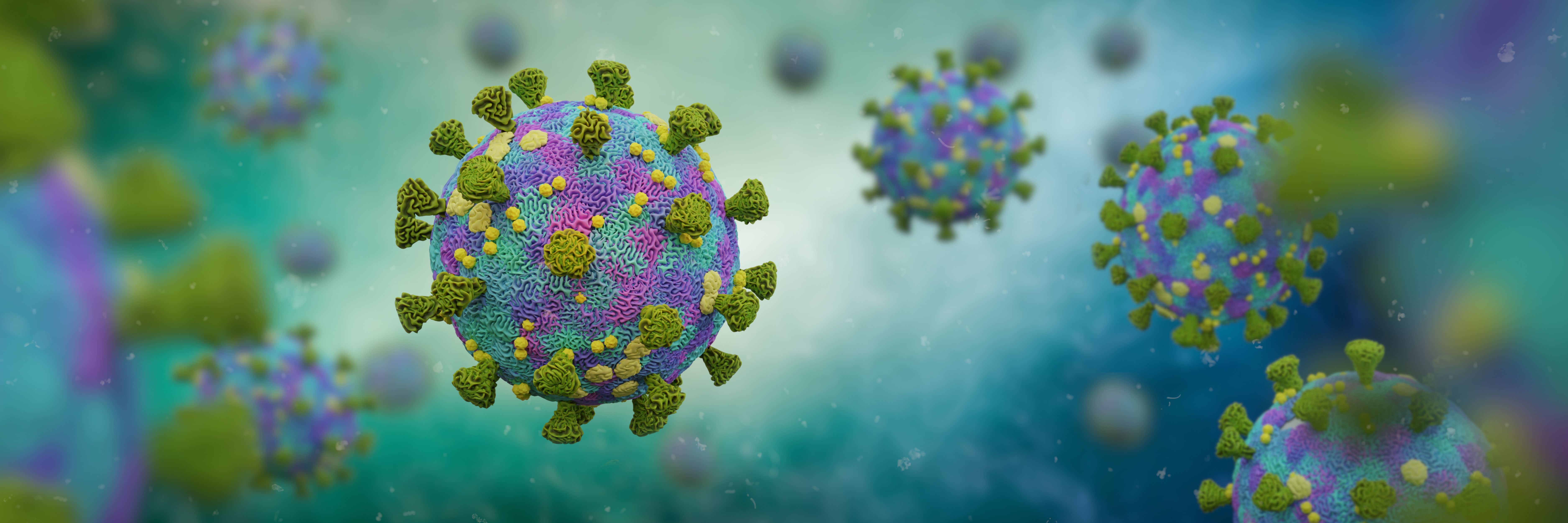COVID-19 implicated in conjunctivitis

The COVID-19 virus can cause ocular complications such as conjunctivitis, though not necessarily in the early stages of the disease, according to researchers.
Samples taken from the eyes of a patient suffering from conjunctivitis 13 days into his illness tested positive for SARS-CoV-2, the coronavirus that causes COVID-19, wrote Lu Chen of the Shenzhen Eye Hospital in Shenzhen, China. Dr Chen and colleagues published their findings in the British Journal of Ophthalmology.
The observation suggests that the virus could spread from the conjunctiva, the researchers said, adding that on the other hand, the conjunctiva may not be the ideal site for sampling for early diagnostic tests for the virus.Symptoms
The patient, a 30-year-old man, presented to a local hospital with diarrhoea and a sore throat on 4 February, 2020. He reported that he had been in contact with someone diagnosed with COVID-19 from 28 to 30 January, and first experienced his own symptoms on 3 January.
Using a reverse transcription polymerase chain reaction (RT-PCR) assay, the hospital detected SARS-CoV-2 RNA in the patient’s nasopharyngeal swabs. As a result, doctors there referred him to an isolation ward designated for confirmed COVID-19 cases at the Third People’s Hospital of Shenzhen.
Doctors here tested for other viral respiratory pathogens but did not find any. They found his vital signs within normal ranges, except his body temperature, which was 37.3°C. Lung auscultation showed rhonchi.
They administered umifenovir, lopinavir and ritonavir, and supplied supportive care. Gradually, the patients’ sore throat and diarrhoea subsided, but on the 13th day of his illness he reported redness, foreign body sensation and tearing in both eyes.
In the right eye, best-corrected visual acuity was logMAR 0.10; in the left eye it was 0.05. Bilateral moderate conjunctival infection, watery discharge, inferior palpebral conjunctival follicles and tender palpable preauricular lymph nodes appeared on slit lamp examination, but without subconjunctival haemorrhage, pseudomembrane, corneal lesions or anterior chamber inflammation.
Fundus examination and macular ultrastructure measurements with optical coherence tomography did not reveal anything remarkable. Routine bacterial and fungal cultures were negative.
The doctors swabbed the lower fornix of each eye without topical anaesthesia, and identified SARS-CoV-2 RNA with RT-PCT on the 14th day of the patient’s illness. The cycle threshold of 31 indicated a moderate quantity of virus in the conjunctival swabs, but much less than the 23.52 cycle threshold in the nasopharyngeal specimens and 25 in the sputum specimens. (Cycle threshold is inversely proportional to viral load.) The physicians prescribed ribavirin eye drops four times per day and continued slit lamp examinations.On the 15th day of the patient’s illness, the patient’s ocular symptoms began to resolve and by day 19, he said they were gone. A slit lamp examination confirmed a reduction of both the bilateral conjunctival injection and the follicles on the inferior palpebral conjunctiva.
“This case report highlights the necessity to further understand the full spectrum, duration and natural history of ocular complications associated with SARS-CoV-2 infection to inform clinical treatment and affect precaution practices,” the researchers wrote.
Other coronaviruses have been associated with conjunctivitis in humans and in animals with retinal disorders. And a retrospective test of conjunctival samples showed SARS-CoV-2 RNA in one of 30 samples. But the researchers could not find any previous reports of SARS-CoV-2 associated with conjunctivitis in a human patient.
“The fact that our patient developed acute viral conjunctivitis with positive SARS-CoV-2 tests in conjunctival swab samples indicated that SARS-CoV-2 could indeed cause ocular complications but not necessarily in the early stage of illness,” the researchers concluded.
